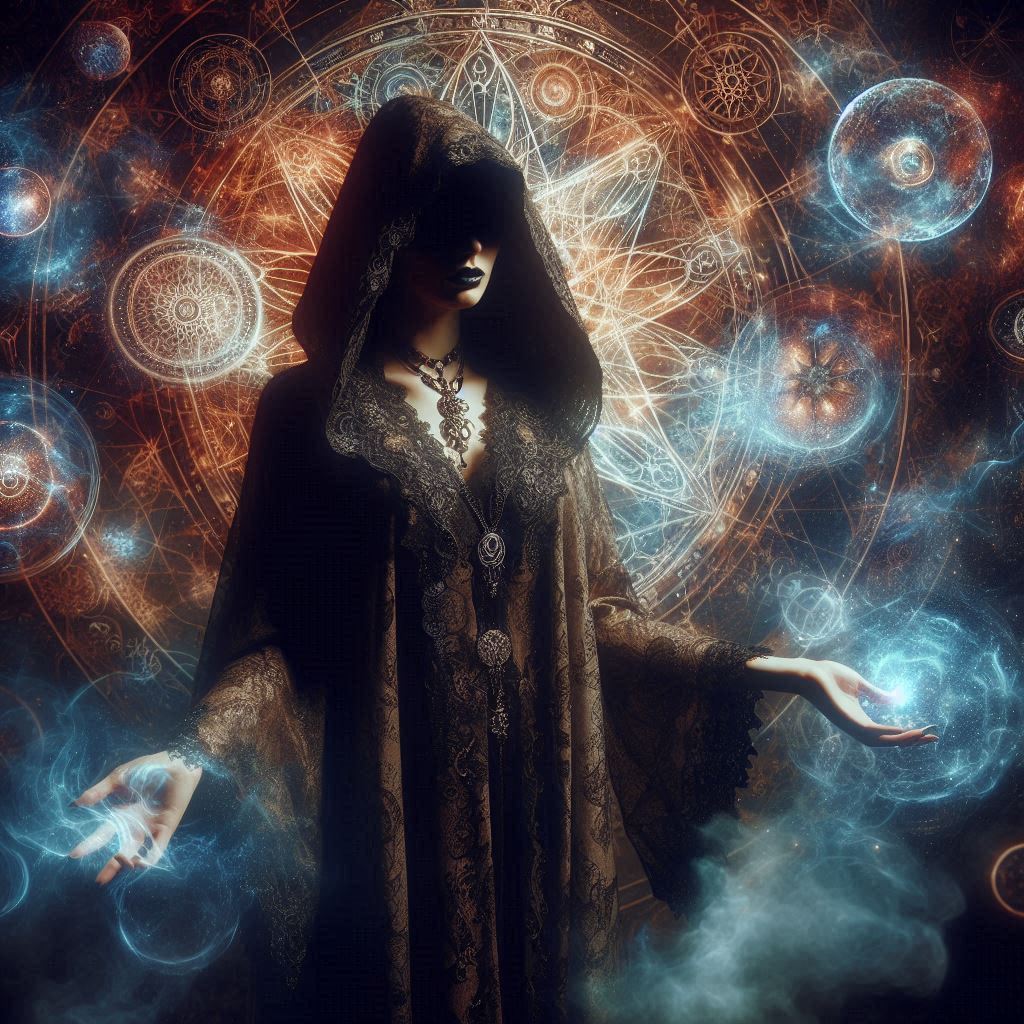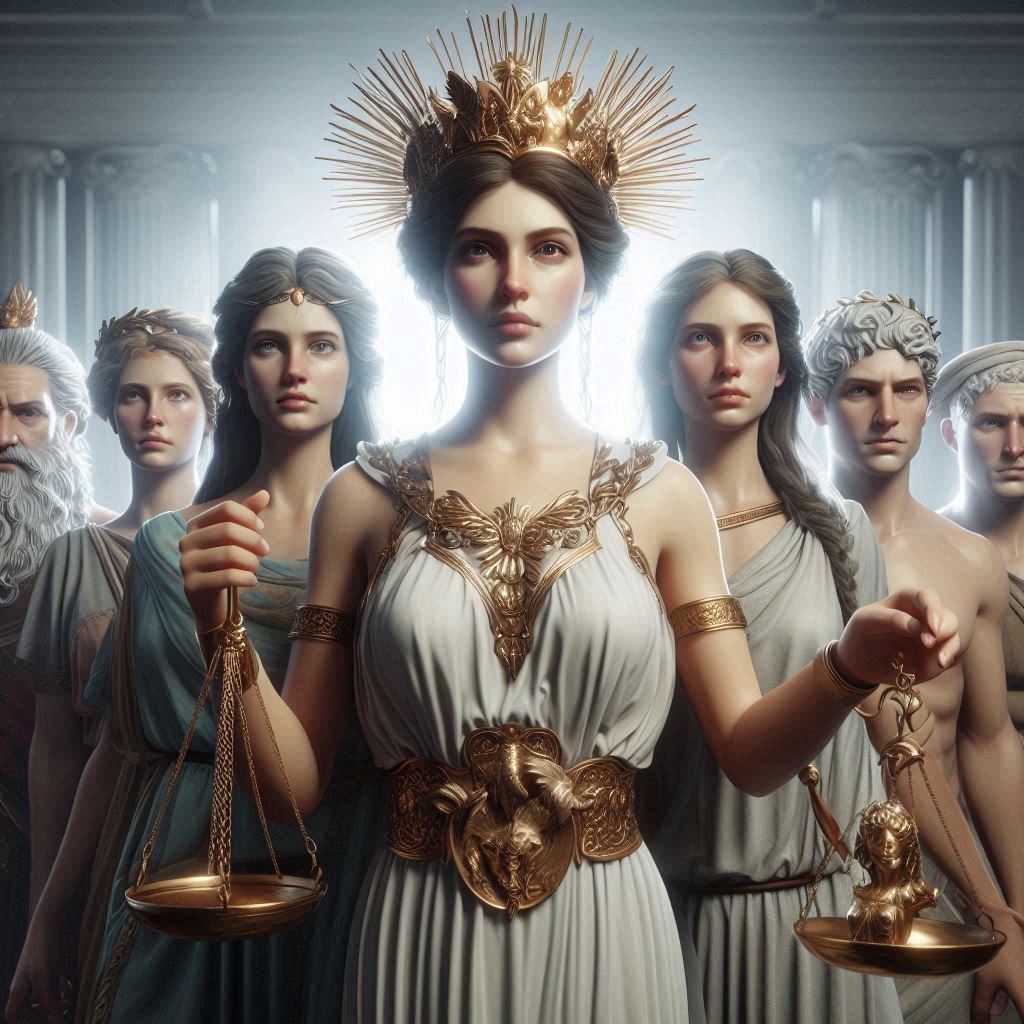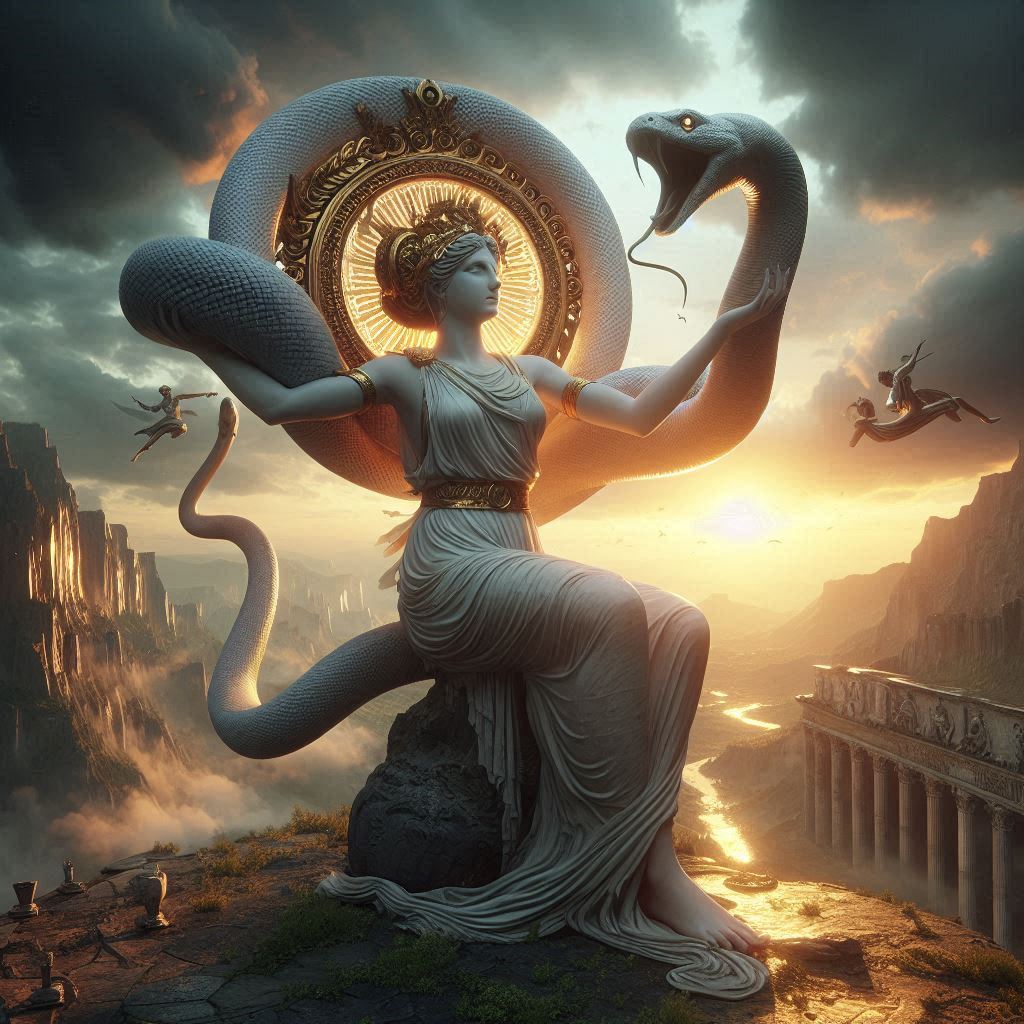Table of Contents
Fictional Books on the Vatican: Mystery, Power, and Divine Conspiracy
The Vatican—a sovereign city-state, the spiritual heart of Catholicism, and a repository of ancient secrets—has long fascinated writers and readers alike. Its imposing architecture, hidden archives, and centuries of political and religious intrigue make it a perfect setting for fiction. Authors have used the Vatican as a backdrop for thrillers, historical dramas, supernatural tales, and conspiracy-laden mysteries. These stories often explore themes of faith, corruption, hidden knowledge, and the eternal struggle between divine truth and human ambition.

This essay examines the allure of the Vatican in fiction, analyzes major works set within its walls, and explores recurring themes that make these stories so compelling.
Why the Vatican Captivates Fiction Writers
The Vatican’s mystique stems from several factors:
- Secrecy and Restricted Access
- The Vatican Secret Archives (now officially the Vatican Apostolic Archive) hold millions of documents, many of which remain inaccessible to the public. This secrecy fuels speculation about what might be hidden—lost gospels, suppressed prophecies, or evidence of historical cover-ups.
- Fiction often exploits this idea, suggesting that the Church guards explosive secrets that could undermine its authority.
- Historical Scandals and Power Struggles
- From the Borgia popes to the financial controversies of the modern era, the Vatican has seen its share of real-life drama.
- Authors draw from these events, blending fact with fiction to create gripping narratives.
- Religious Symbolism and Spiritual Conflict
- The Vatican represents divine authority, making it a powerful setting for stories about faith, doubt, and moral dilemmas.
- Many novels pit traditional beliefs against radical discoveries, such as the existence of Jesus’ descendants (The Da Vinci Code) or apocalyptic prophecies (The Third Secret).
- Architectural and Artistic Grandeur
- The Vatican’s catacombs, St. Peter’s Basilica, and the Sistine Chapel provide visually stunning and atmospheric settings for suspense.
Major Fictional Works Set in the Vatican
1. Angels & Demons (2000) by Dan Brown
Dan Brown’s Angels & Demons is perhaps the most famous Vatican-based thriller. It introduces Robert Langdon, a Harvard symbologist, who is called to investigate the murder of a physicist and the theft of antimatter—a substance powerful enough to destroy Vatican City.
- Plot & Themes:
- The novel weaves together science (CERN’s antimatter research) and religion (the Illuminati’s vendetta against the Church).
- It explores the historical conflict between the Catholic Church and the Illuminati, a secret society of Enlightenment-era scientists.
- The story climaxes during a papal conclave, adding layers of political intrigue.
- Controversy:
- The Catholic Church criticized Brown’s portrayal of Vatican politics and historical inaccuracies.
- Nevertheless, the novel’s fast-paced mystery and cinematic set pieces made it a bestseller.
2. The Da Vinci Code (2003) by Dan Brown
Though primarily set in France, The Da Vinci Code heavily involves Vatican intrigue. It follows Langdon as he unravels a conspiracy surrounding the Priory of Sion, a secret society protecting the “Holy Grail”—allegedly the bloodline of Jesus and Mary Magdalene.
- Impact on Vatican Fiction:
- Popularized the idea of the Church suppressing explosive biblical secrets.
- Inspired a wave of similar thrillers exploring “hidden history” and alternative Christian narratives.
3. Conclave (2016) by Robert Harris
A more subdued but equally gripping take on Vatican fiction, Conclave is a political drama centered on the election of a new pope.
- Strengths:
- Harris meticulously researches the papal election process, offering an insider’s view of the secrecy and strategy involved.
- The novel focuses on power struggles among cardinals, with twists involving hidden scandals and unexpected candidates.
- Unlike action-driven thrillers, Conclave is a cerebral, character-driven story.
4. The Third Secret (2005) by Steve Berry
Steve Berry’s thriller revolves around the famous Fatima prophecies—three secrets supposedly revealed by the Virgin Mary to three children in 1917.
- Premise:
- The first two secrets (Hell, World War II) were revealed, but the Third Secret was kept hidden by the Vatican for decades.
- Berry’s novel imagines this secret as so explosive that it could destabilize the Church.
- Themes:
- The tension between transparency and control in religious institutions.
- Whether faith can survive if long-hidden truths are exposed.
5. The Vatican Princess (2016) by C.W. Gortner
A historical fiction novel about Lucrezia Borgia, the daughter of Pope Alexander VI, The Vatican Princess delves into Renaissance-era Vatican corruption.
- Why It Stands Out:
- Unlike conspiracy thrillers, this book focuses on real historical figures and their ruthless political games.
- The Borgias were infamous for nepotism, poisoning rivals, and using the papacy for personal gain.
- Gortner humanizes Lucrezia, often portrayed as a villain, showing her as a pawn in her family’s schemes.
6. The Last Templar (2006) by Raymond Khoury
Though not exclusively set in the Vatican, this thriller involves a Vatican conspiracy tied to the Knights Templar.
- Plot:
- A group of horsemen dressed as Templars steal an ancient artifact from a New York museum, leading to a hunt for a lost Templar treasure.
- The Vatican is implicated in a centuries-old cover-up.
- Comparison to Dan Brown:
- Similar themes of historical secrets and Church intrigue, but with a stronger action-adventure tone.
7. The Pope’s Assassin (2021) by Tim Severin
A lesser-known but fascinating entry, this historical thriller is set in the 9th century and follows a monk sent by the pope to investigate a murder.
- Unique Aspect:
- Unlike modern thrillers, this novel explores the early medieval Vatican, when the papacy was still consolidating power.
- Blends detective fiction with Dark Ages politics.
Recurring Themes in Vatican Fiction
1. The Church as Guardian of Dangerous Truths
Many novels suggest the Vatican hides heretical documents—lost gospels, prophecies, or scientific breakthroughs—that could challenge Christian doctrine.
- Example: The Da Vinci Code’s premise that the Church suppressed Jesus’ marriage to Mary Magdalene.
2. Power Struggles Within the Holy See
Fictional conclaves, corrupt cardinals, and assassination plots reflect real concerns about ecclesiastical politics.
- Example: Conclave’s depiction of backroom deals during a papal election.
3. Faith vs. Science or Reason
Stories often contrast traditional dogma with radical discoveries (e.g., antimatter in Angels & Demons).
4. The Supernatural and Divine Intervention
Some novels introduce miracles, demons, or apocalyptic prophecies to heighten tension.
- Example: The Third Secret’s use of the Fatima visions.
Conclusion
Fictional books about the Vatican tap into humanity’s fascination with secrecy, power, and the divine. Whether through **historical deep dives like *The Vatican Princess, **conspiracy thrillers like *Angels & Demons, or political dramas like Conclave, these stories exploit the Vatican’s aura of mystery to craft compelling narratives.
As long as the Vatican remains an enigmatic institution, it will continue to inspire authors to imagine what lies hidden behind its ancient walls.


No responses yet